As the school year winds down, it’s easy to feel like we need to cram in every last bit of learning before summer. But what if the best thing we could give our students isn’t another worksheet or a jam-packed schedule, but an end of year read-aloud that invites them to embrace something surprising… boredom?
That’s exactly the idea behind Bored Panda, the latest picture book by author Mike Bender and illustrator Chuck Dillon. AND.. I recently had the pleasure of recording a podcast with both of them! Their insights left me thinking deeply about how we approach creativity, screen time, and those inevitable “I’m bored!” moments in the classroom. They really have given us the perfect end of year read-aloud.
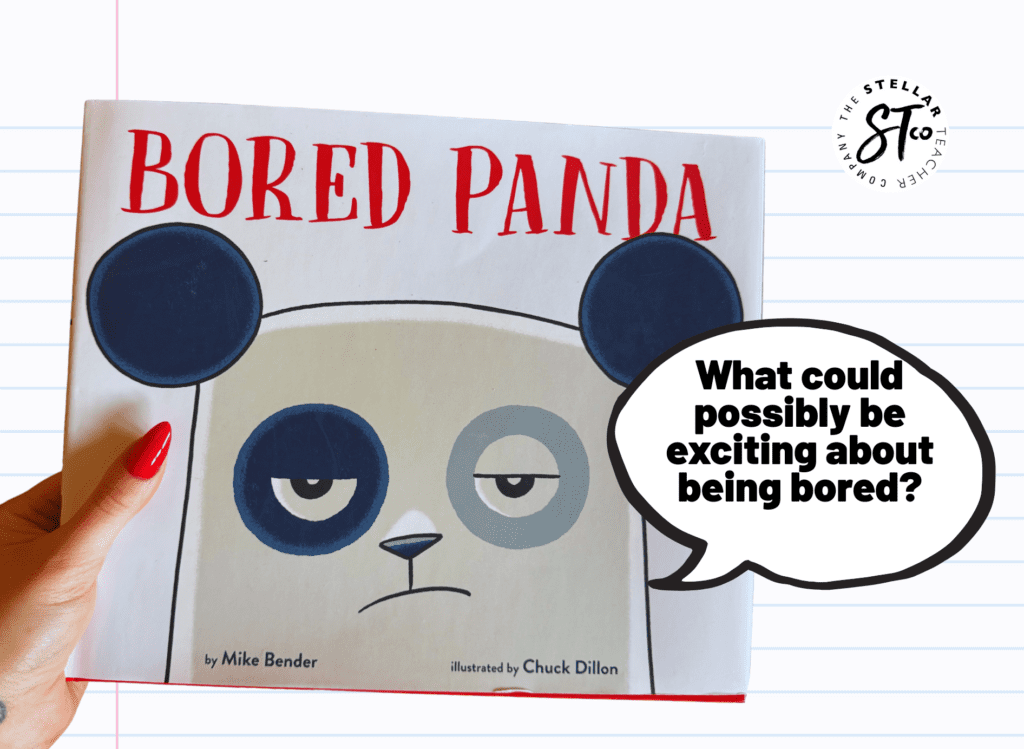
Also, if you haven’t already, I highly recommend tuning into our Podcast episode! In this episode, Mike and Chuck share behind-the-scenes stories about their collaboration, the inspiration for the book, and why boredom is actually something worth embracing. We even talk about ways to use the book in the classroom. Our conversation may spark some inspiration for your own end of year read-aloud activities!
This book is the perfect end of year read-aloud! Bored Panda follows a panda who’s suddenly cut off from his beloved devices and forced to face boredom head-on. What begins as frustration transforms into an imaginative journey, reminding readers that boredom isn’t a problem to solve — it’s a doorway to creativity.
If you’ve ever heard “I’m bored!” from a student (or your own child), you know how tempting it is to immediately offer solutions: a new activity, a game, a task to fill the silence. But Mike challenges us to flip that mindset. Instead of fixing boredom, what if we let it linger? What if we invited students to sit with boredom — and see what ideas, inventions, or questions emerge?
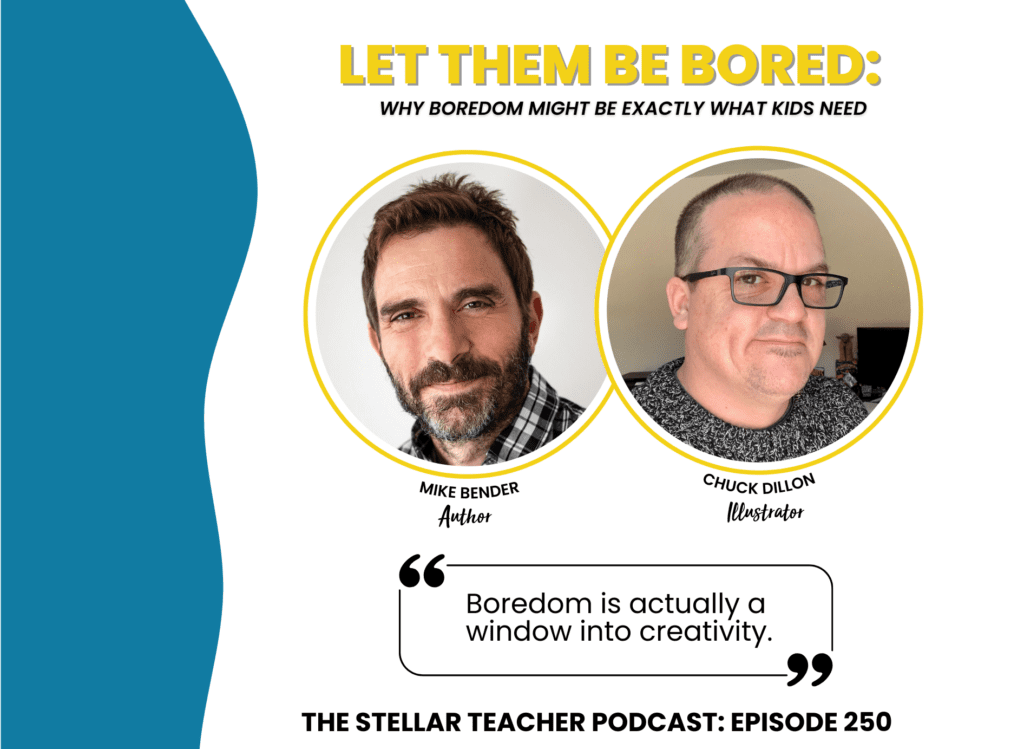
This message couldn’t be more timely. Our students live in a world of constant entertainment and instant gratification. With a tap or a swipe, boredom disappears. But what are we missing when every quiet moment is filled by a screen? This end of year read-aloud is a great conversation starter.
End of Year Read-Aloud Activities:
As you think about ways to wrap up the school year, Bored Panda is the perfect end of year read-aloud to spark reflection and conversation. Looking for ways to extend the story? Here are a few simple, meaningful ideas:
- Boredom Brainstorm: After reading Bored Panda aloud, invite students to brainstorm a list of activities they can do when they feel bored. Start by modeling with a few ideas (“I could draw a comic,” “I could build a fort out of pillows,” “I could write a silly song”) to get them thinking creatively. Write their ideas on chart paper, a large poster, or a shared digital document.
👉 Once the list is complete, turn it into a colorful class “Boredom Busters” poster to display in the room for the final weeks of school. Then, type up the list, decorate it with student-drawn borders or icons, and send a copy home with each student as a summer boredom resource for families.
✨ Extension: Challenge students to keep adding to the list over the next week as they think of more ideas—or turn it into a “Boredom Challenge” where they try a new activity each day. - Journal About Boredom: Ask students to reflect in writing on a time they felt bored. Provide prompts such as:
- “What did you do first when you felt bored?”
- “Did you end up doing something fun or interesting afterward?”
- “How did you feel at the end of that experience?”
- “What’s something you might try next time you’re bored?”
Students can write a paragraph, draw a comic strip, or create a short illustrated story. Afterward,
invite volunteers to share their reflections with the class.
✨ Extension: Collect their journal entries into a class “Boredom Book” to read together—or
display selected pages on a bulletin board under the heading “Look What Boredom Can Do!”
3. Host a Boredom Party: Plan 20–30 minutes where students experience unstructured time designed for creativity. Explain that during this time there will be no assigned activities, but a variety of materials will be available (scratch paper, art supplies, building blocks, puzzles, craft odds and ends). Students can doodle, write, build, daydream, sketch, or simply sit and think. The only rule? No asking, “What should I do?”
Before the party, talk about how boredom can lead to great ideas. Encourage students to “follow their curiosity” during the time.
After the session, gather together to reflect:
- “What did you end up doing during the party?”
- “Did you discover or create anything surprising?”
- “Would you want to have another boredom party?”
✨ Extension: Have students write or draw about what they made, built, or imagined—and create a mini “gallery walk” or slideshow to celebrate their boredom-inspired creations.
By giving your students permission to experience boredom—and showing them it’s not something to avoid but to embrace—you’re helping them build a creative muscle they’ll use long after they leave your classroom.
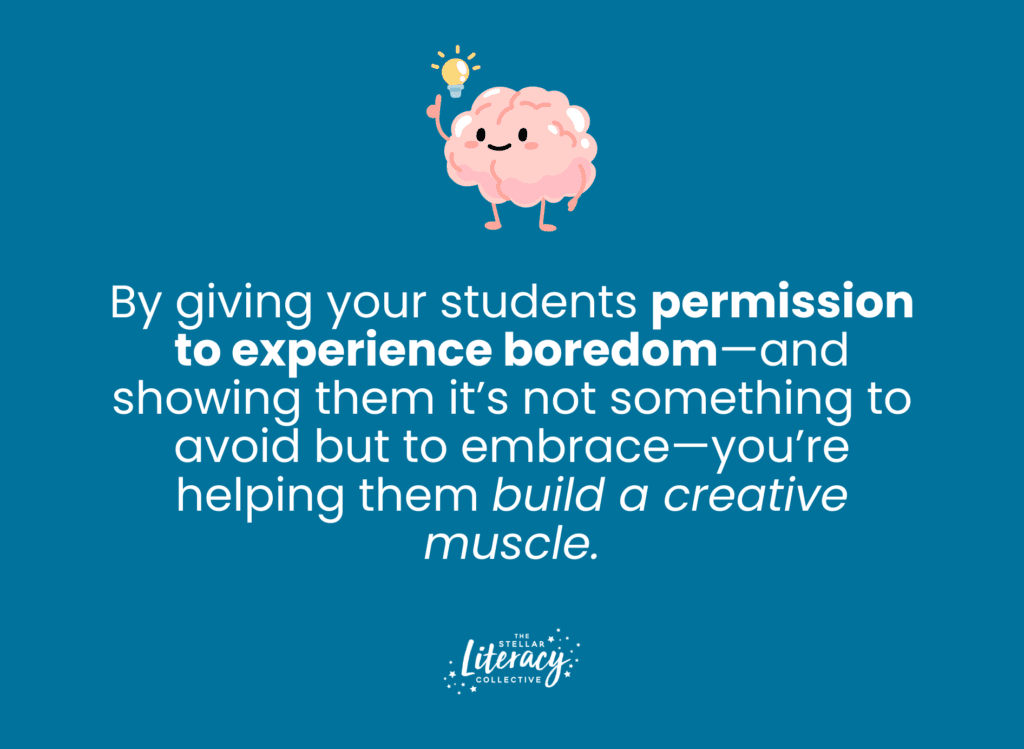
And maybe, just maybe, they’ll carry that lesson with them into the summer—and beyond.
Looking for even more end of year read-aloud options? We’ve got you covered! Here are a couple more titles by Mike Bender and illustrated by Chuck Dillon: :
- The Most Serious Fart – A humorous and silly story perfect for kids who love jokes and irreverent humor.
- The Bravest Booger – Another funny, lighthearted story with plenty of gross-out appeal for kids.
👉 Fun Fact: Mike Bender is also the creator of Awkward Family Photos (for adults), but his children’s books are geared toward humor, imagination, and messages that resonate with elementary students.
Did you enjoy this blog post? Check out a few of these:
7 Ways to Make MORE Time to Read Aloud for Fun Every Day
Sentence Deconstruction: A Powerful Tool for Building Stronger Readers
Book Talks: A Fun Way to End the School Year
Happy reading!




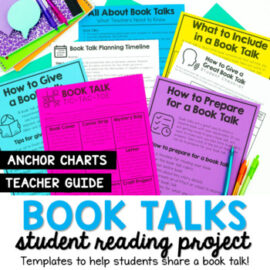
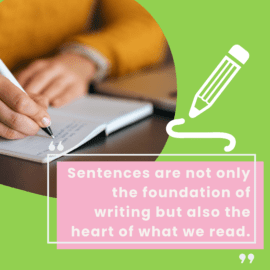

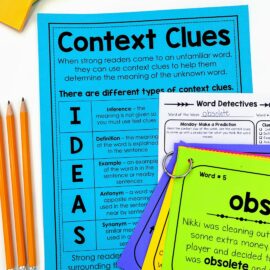
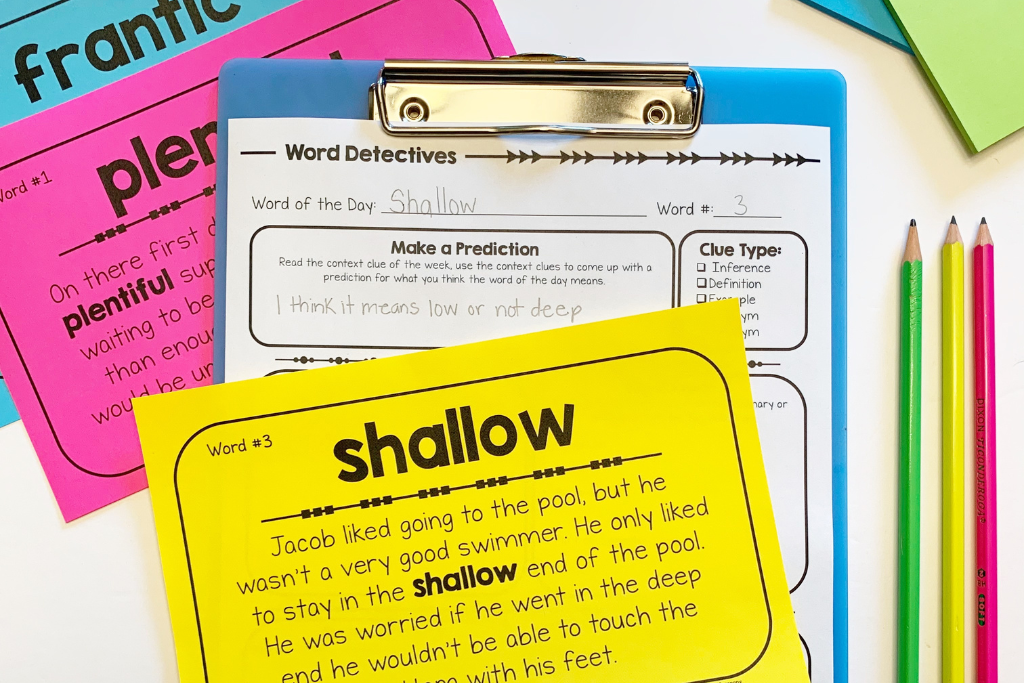
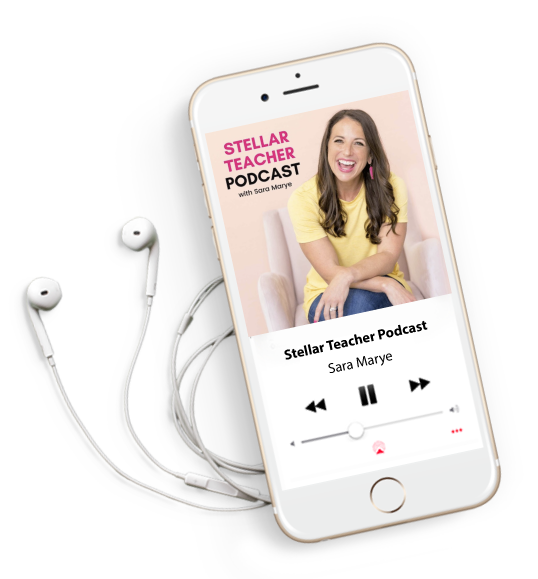





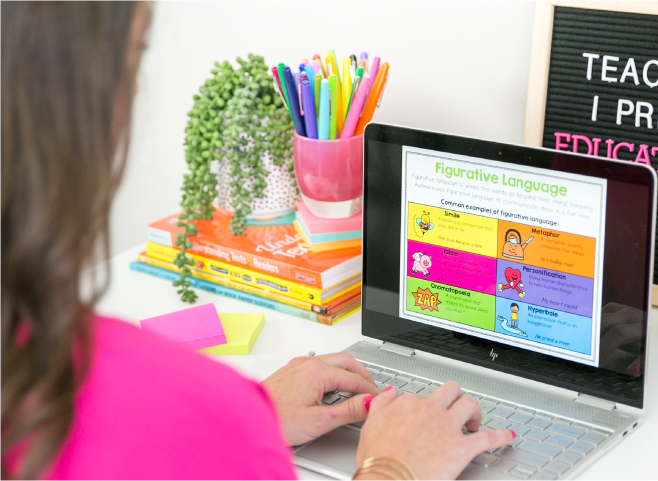
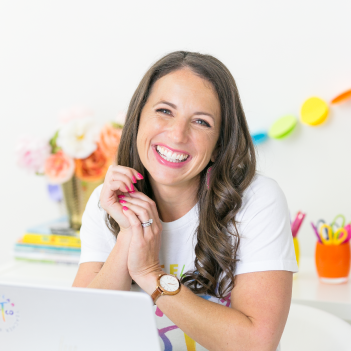
Leave a Comment
You must be logged in to post a comment.